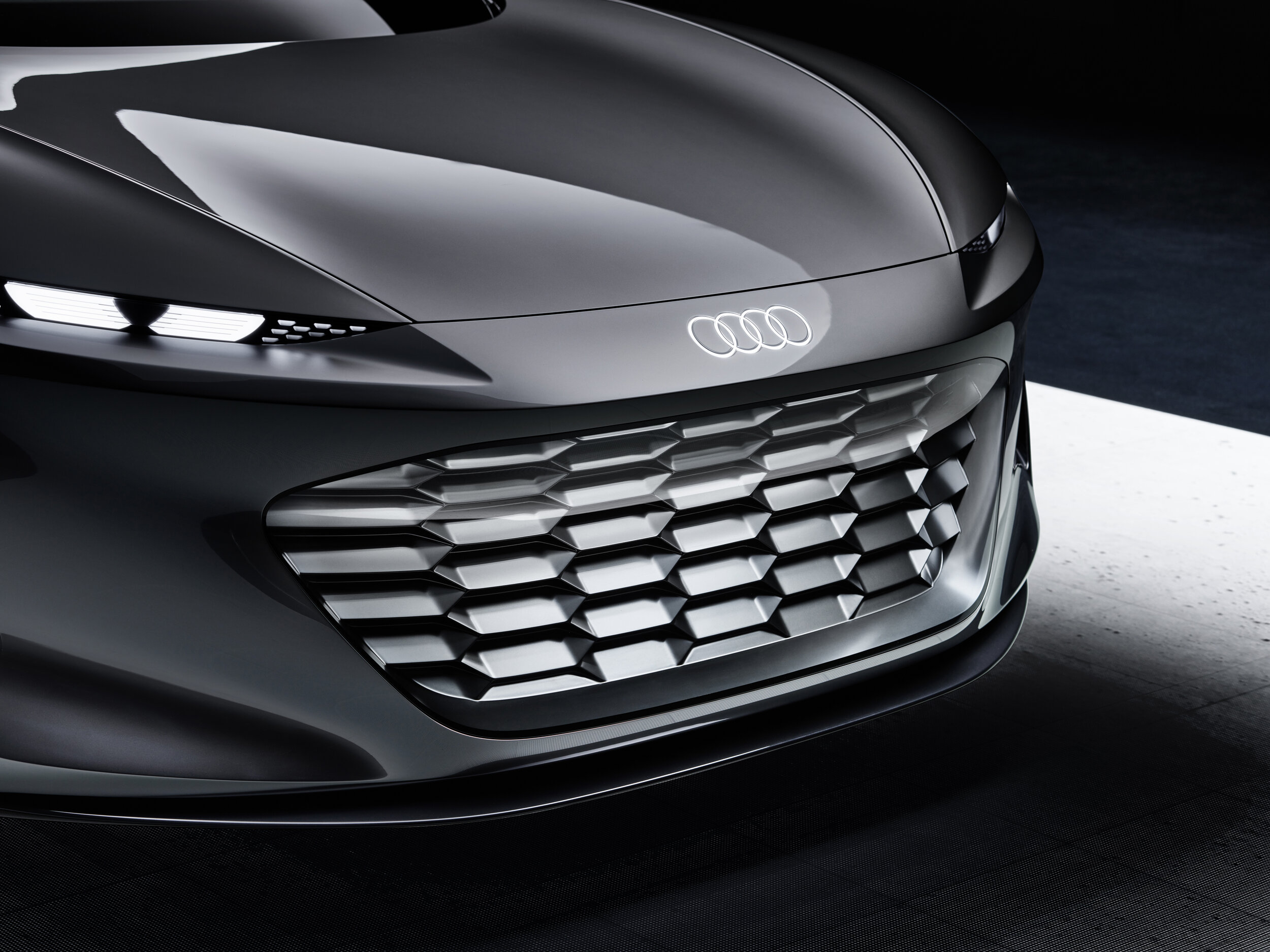Audi’s ultra grand ambition
/More talk about level four automation as Ingolsdtadt reveals second ‘sphere’ concept.
AS forward-looking concept cars go, Audi’s Grandsphere is rather laid back.
Quite literally so. Ingolstadt reckons the future of autonomous driving, as previewed by the second of three planned styling and engineering studies, is reclined much of the time.
The sphere models lay out a future for Audi’s products as it transitions to an all-electric lineup that will, ultimately, include models with Level 4 autonomous-driving capability – that is, an advancement that does not require any human interaction in the vehicle's operation. Since a human driver is never needed, a Level 4 vehicle may not have a steering wheel and pedals.
At the moment New Zealand is at level two: Partial automation, in which the vehicle can control acceleration and deceleration – that’s your smart cruise control - and even self-steering, but limited to when conditions are optimal and only for a short period before timing out.
How long before the world is ready for higher levels of automation has become a hotly debated subject.
In unveiling Grandsphere, Audi executives said they intend to sell a Level four-capable vehicle to consumers by 2026. But they are not saying what markets it might go to; in past, it has been loath to say it believes every country and every kind of road condition is ready for this.
Grandsphere has come just a month after the first of the connect line, Skysphere, was revealed. But that doesn’t mean the next, Urbansphere, will land in four weeks’ time. Audi is not being more specific than saying it will be a 2022 unveiling.
The car seen today is quite… well, quite a grand thing. Said by some to represent a preview of the next-generation of the make’s biggest and most luxurious car, the A8, Grandsphere presents as a fully electric dual-motor high-end plush sedan with two front row seats and a rear bench.
The has two main highlights are the brand's coming cat-eye LED exterior lighting signature and a bespoke interior that reimagines how the vehicle's passengers will spend their time while the vehicle is driving itself.
Accessed via portal doors, the interior replaces the traditional huge blackened touch screen prevalent in most luxury vehicles with one projected across a wooden substructure that wraps across the vehicle from door to door.
The wheel and control functions are hidden behind a hinged panel in the dashboard, emerging only on command from the driver. Most of the concept's functions are controlled by gesture, voice command or a distinct look from the driver that is picked up by the vehicle's sensors.
With drivers freed from the task of actually controlling the vehicle, Audi's designers equipped the Grandsphere with front seats that recline up to 60 degrees, allowing front-row passengers to fully relax while the vehicle drives itself, and entertaining them with music or videos on the broad screen. Audi says the interior transforms the automobile into an "experience device."
Oliver Hoffmann, a member of the Audi board of management for development, told the Automotive News Europe website that the concept shows how the industry must rethink its entire design process for EVs and autonomous driving.
“Highly autonomous driving is a game changer, because it means we are developing and designing cars from the inside out.
“With autonomous driving, one key element changes dramatically: The driver need not have the wheel in his hands all the time. That turns the car into a lounge,” he said.
“We give the customer time to relax, to work, to entertain themselves. The car becomes the biggest mobile device you can imagine.”
Audi is bullish about the world ahead; there’s strong conviction of potential to nearly double the make’s global sales volume to three million vehicles and maintain profit margins between nine and 11 percent by 2030, even as it phases out internal combustion powertrains in favour of an all battery-electric lineup.
Chief executive Markus Duesmann says the strategy is ambitious but possible “in light of the market forecasts and our attractive product portfolio.”
Audi, which now leads development of autonomous driving across the group and has responsibility for Lamborghini and Bentley, will introduce its final internal combustion engine in 2025 and sell nothing but battery-electric vehicles by 2033.
Regardless, Duessman says Audi’s traditionally-powered vehicles will continue to drive brand profits through most of the 2020s, even as EV sales rise to a majority for the brand globally by 2030.
“We are converting our product range to electric cars in all core segments more consistently” than other legacy automakers, Duesmann said during an on-line media event for Grandsphere.
“This is a huge change for the entire company, but even more so, I see it as an opportunity.”
Audi is banking in part on the rise of a software stack being developed by sibling company CARIAD that will ultimately drive all of the EVs across VW Group. It expects the software to open up additional revenue streams from consumers willing to pay for temporary upgrades and services in their vehicles.
It also believes additional synergies will flow from the homologation across VW Group onto a single EV modular architecture, called SSP, which can be scaled for use from small city cars to large sedans and will rely on a standardised battery cell design.
In respect to autonomous driving, Audi is working on a vehicle it calls Artemis, which it says will have a level four system developed by VW partner Argo AI.
Says Duesmann: “Where the car assumes the task of driving, that's a huge leap forward. A human brain can do that, but for a computer to do that, it's tricky and difficult.
“We believe this is going to be the next big thing because it's going to give our customers time — time that they currently spend driving.”




















